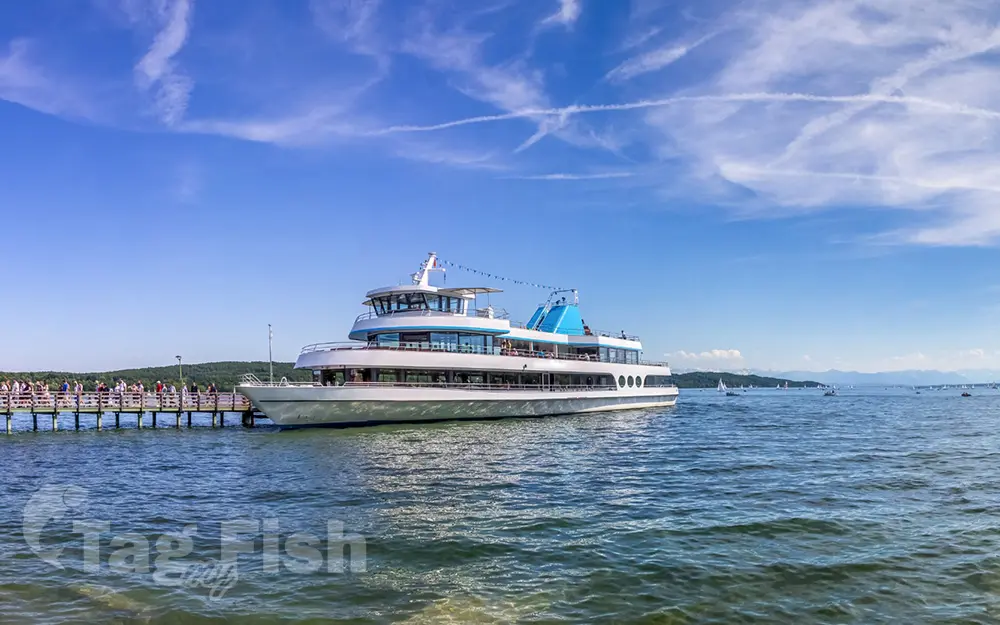Lake Starnberg

General data
- Name: Lake Starnberg
- Water system: Danube
- Water type: Natural lake
- Progression: Wurm -> Amper River (Ammer) -> Isar -> Danube -> Black sea -> Mediterranean Sea -> Atlantic Ocean -> Planet Earth
- Climates: Continental
- Continents: Europe
- Countries: Germany
Lake Starnberg, or Starnberger See is a second-largest body of fresh water in Germany, having great depth, and fifth-largest lake by area. It and its surroundings lie in three different Bavarian districts, or Landkreise. Located in southern Bavaria 25 kilometres (16 mi) southwest of Munich, Lake Starnberg is a popular recreation area for the city and, since 1976, one of the wetlands of international importance protected by the Ramsar Convention. The small town of Berg is famous as the site where King Ludwig II of Bavaria was found dead in the lake in 1886. Because of its associations with the Wittelsbach royal family, the lake is also known as Fürstensee (Prince Lake).

 English
English
 Spanish
Spanish
 German
German
 French
French
 Serbian
Serbian
 Russian
Russian

